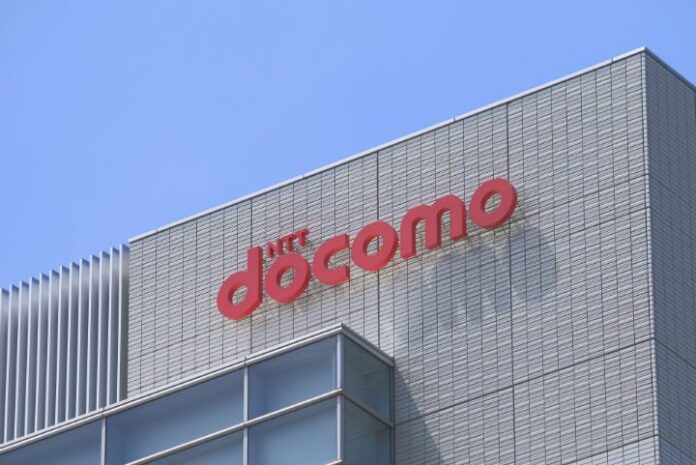Japanese operator NTT Docomo and compatriot vendor NEC Corporation have completed an interoperability testing for 5G Standalone (SA) using a 5G base station baseband unit (5G CU/DU) conforming to O-RAN open interface specifications and radio units (RUs) of different vendors.
In a release, the vendor said that the multi-vendor interoperability test used a software upgrade to introduce SA capability to NEC’s 5G Non-Standalone (NSA) CU/DU operating on NTT Docomo’s commercial network.
Going forward, the two companies aim to introduce the 5G CU/DU for NTT Docomo’s SA services in order to further expand its 5G services.
NEC also noted that the SA system enables network operators to provide services that take advantage of 5G features, such as eMBB (enhanced Mobile Broadband), mMTC (massive Machine Type Communication), and URLLC (Ultra-Reliable and Low Latency Communications).
“Furthermore, as the lineup of interoperable 5G base station devices expands through multi-vendor connectivity, coverage areas can be flexibly designed according to the number of users and services by taking advantage of each vendor’s strengths. This is expected to enable the rapid deployment of 5G coverage areas,” NEC said.
“Moving ahead, Docomo and NEC will continue to verify the performance of 5G CU/DU, and aim to introduce new units to Docomo’s commercial network, resulting in expanded 5G coverage with sophisticated base station equipment that enables superior 5G service,” the Japanese vendor added.
In June, NEC announced the joint development of RAN Intelligent Controllers (RIC) with NTT Docomo in support of intelligent Radio Access Networks. The two companies said they are aiming to reduce RAN operational costs, improve performance and reduce power consumption through the use of RIC.
NEC said that the equipment conforming to O-RAN Fronthaul Interface Specifications enables interoperability with different vendors’ products as well as the deployment of an optimal and flexible network that meets the needs of various use cases and network technology requirements. Furthermore, the introduction of RIC utilizing AI allows more sophisticated and efficient control of networks, the Japanese tech company said.
Earlier this year, NTT Docomo had selected Samsung as a 5G network solution provider. Samsung will specifically support the carrier’s next phase of its Open RAN development.
In 2018, NTT DoCoMo, together with AT&T, China Mobile, Deutsche Telekom and Orange announced the creation of the ORAN Alliance, with the aim of driving new levels of openness in the radio access network of next generation wireless systems.
Then, in February, the carrier took an additional step in its commitment to establishing an Open RAN ecosystem when it agreed to cooperate with 12 companies to move toward a “5G Open RAN Ecosystem,” with the objective to globally accelerate open radio access networks.

